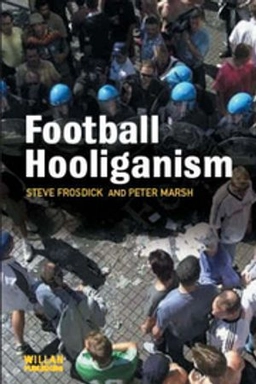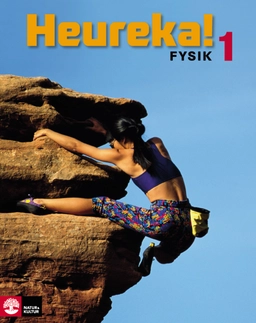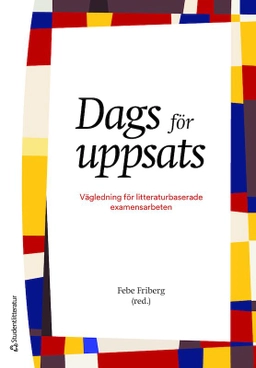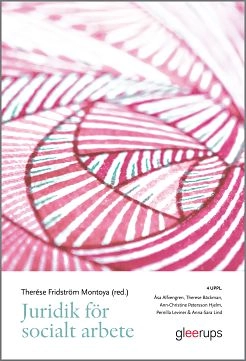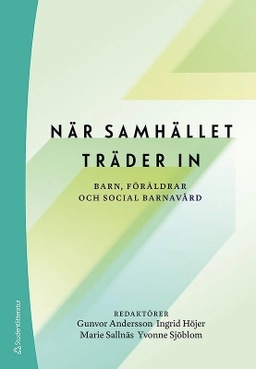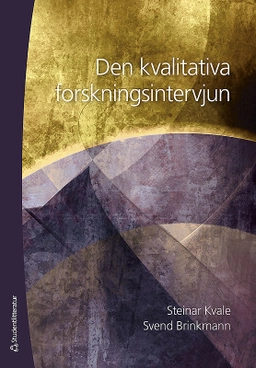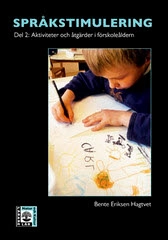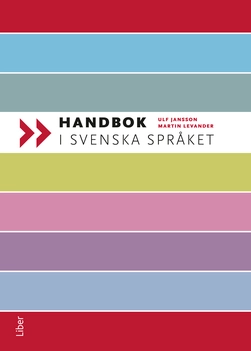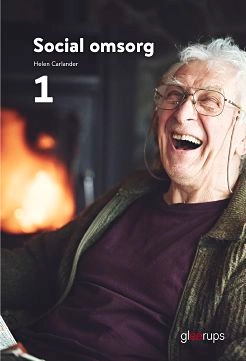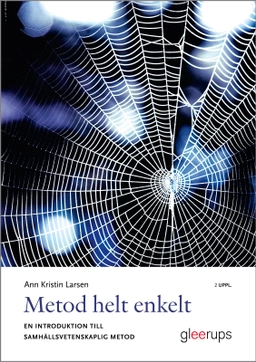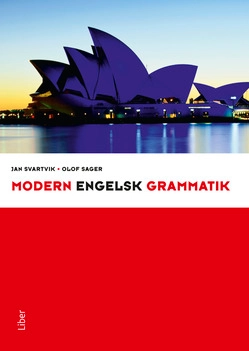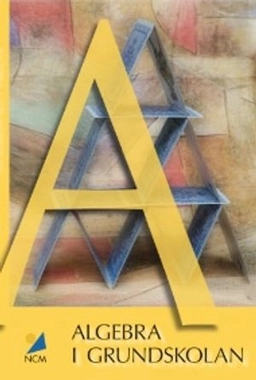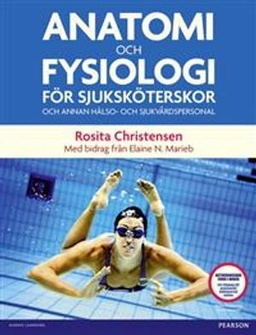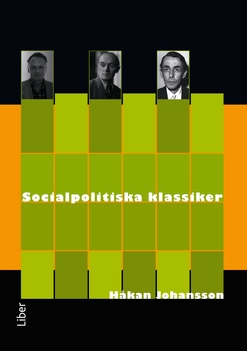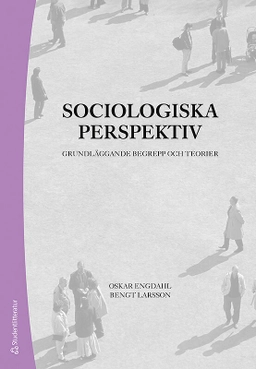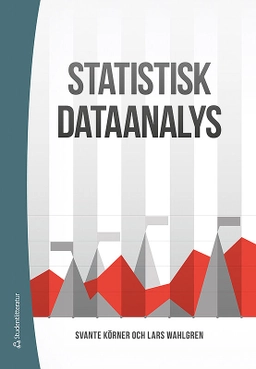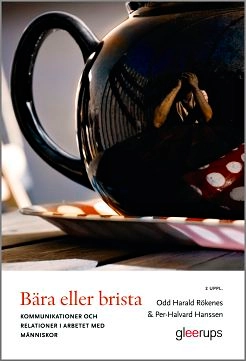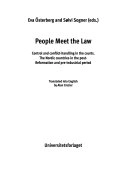

People meet the law; control and conflict-handling in the courts
- Utgiven: 2000
- ISBN: 9788251840118
- Sidor: 301 st
- Förlag: Univ.-Forl.
- Format: Häftad
- Språk: Engelska
Om boken
Åtkomstkoder och digitalt tilläggsmaterial garanteras inte med begagnade böcker
Mer om People meet the law; control and conflict-handling in the courts (2000)
2000 släpptes boken People meet the law; control and conflict-handling in the courts skriven av Eva Österberg, Sølvi Sogner. Den är skriven på engelska och består av 301 sidor. Förlaget bakom boken är Univ.-Forl..
Köp boken People meet the law; control and conflict-handling in the courts på Studentapan och spara pengar.
Referera till People meet the law; control and conflict-handling in the courts
Harvard
Oxford
APA
Vancouver
